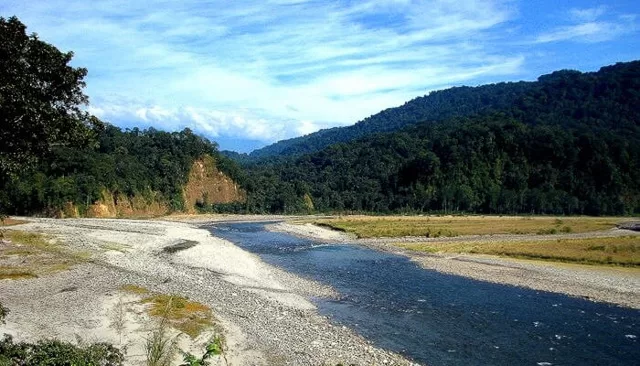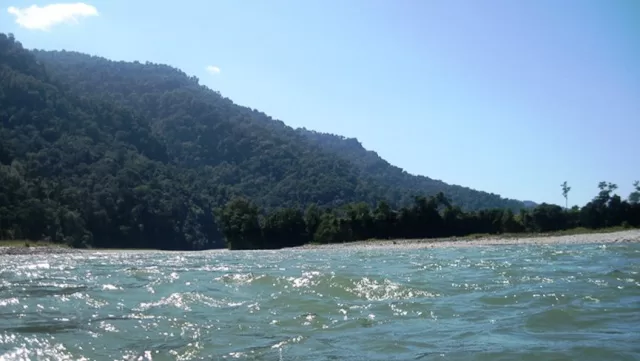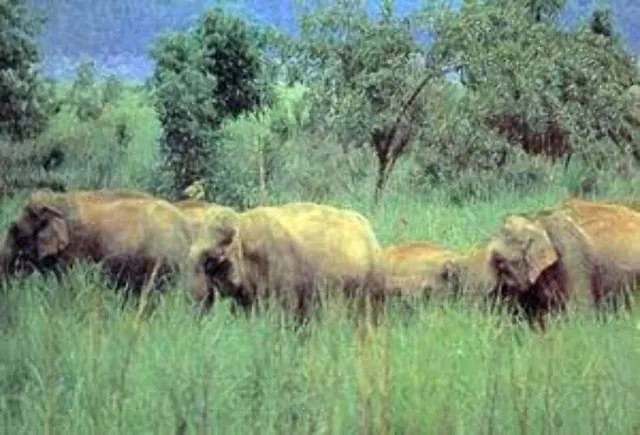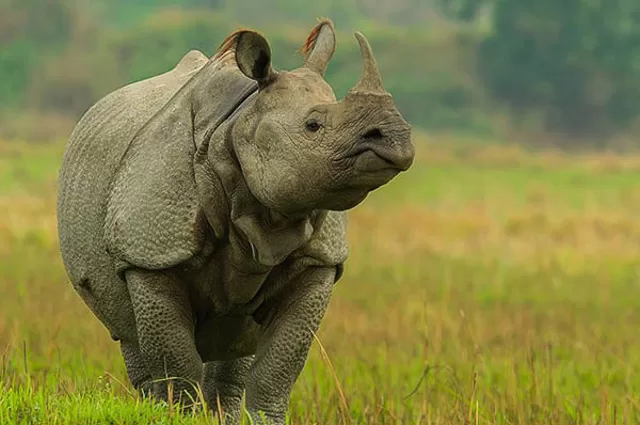About
Top Experiences
Type of Journey
Subscribe to newsletter and stay updated
Read about our travel expeditions, new destinations, new pictures, latest trip schedules
In Arunachal Pradesh’s Changlang district is where you’ll find Namdapha National Park. Namdapha spans a vast region of 2000 sq km and is situated within the magnificent Himalayas. The region’s zoogeographical borders are shared with Burma and China. The flora and wildlife of Indo-China and Indo-Burma have an impact on biodiversity. Namdapha is home to numerous rare species that haven’t yet been found by humans. This area is open for exploration by zoologists and botanists to create new discoveries. Many nature lovers and enthusiasts are drawn to the stunning, peaceful, and deep forest.
OVERVIEW
Location: Changlang District, Arunachal Pradesh, India
Nearest Airport: Dibrugarh airport
How to reach: 5 hours drive from Dibrugarh airport
Famous for: Wildlife park hosting rare Cats and Birds
Best time to visit: November to March
WHAT TO SEE
Mammals:tiger, leopard, clouded leopard, snow leopard, Hoolock gibbons, Indian elephant, Indian Gaur, black bear, sambar, serow
Birds: Ibisbills, White-bellied Herons, Blue-naped Pittas, Snowy-throated babblers, Cochoas, Blyth’s Tragopans, Ward’s Trogons, Nuthatches, Rufous-necked Hornbills
Malaysia and Myanmar are also neighbors of Namdapha National Park. Together, the forests of these three areas exist. A large chunk of the forest cannot be explored since it is so thickly packed with boulders, snow, creepers, and tall trees that there is no place for access.
Around 150 different species of timber, 59 different bryophytes, 73 different lichens, five different gymnosperm species, 112 pteridophytes, and 801 angiosperm species may be found in Namdapha National Park. Local flora includes Pinus Merkusii and Abier Delavavi. Another indigenous plant, Mishmi Teeta, is used by the tribes to treat all illnesses. Namdapha is also home to Blue Vanda, an endangered orchid that is very difficult to find.

This rainforest is also home to 4 majestic members of the cat family that are; tigers, leopards, clouded leopards, and snow leopards (also known as grey ghosts of the Himalayas). Many kinds of animals are found in this region. The gibberish sounds of the Hoolock Gibbons can be heard frequently. The forest houses 96 different types of mammals, out of which 29 species are a part of the Schedule I Wildlife Protection Act.

Many rare species are found in the Namdapha national park, including Binturong, Malayan sun bear, golden cat, Mishmi Takin, Malayan Sambar, Hog-badger, Chinese Pangolin, marbled cat, red panda, slow loris, and many more species. The forest also houses some majestic animals like Asiatic elephants, black bears, Indian bison, and wild buffalo. Other animals like gaur, capped langurs, musk deer, barking deer, mouse deer, etc. can be found in this region. Reptiles like Malayan pythons, king cobras, Indian pythons, and monitor lizards also live in Namdapha.

Namdapha National Park is home to a wide variety of bird species. Birds like Peafowl, Fairy Bluebird, Molan Pheasant, Trogon, Brown Hornbill, Assam Bamboo Partridge, and many colorful and beautiful birds can be spotted inNamdapha national park. Western Tragon, an endangered bird species, also resides in this forest. Tourists can hear the Great hornbills flying in search of fruits.

Namdapha National Park offers a unique and exhilarating experience to visitors. People can take a jungle safari to explore the forest. If a jungle safari sounds monotonous, travelers can also take an elephant safari. Sitting on the back of an elephant gives tourists an opportunity to see miles of land quite clearly, and the safari as a whole offers an adventurous feel.
Tourists can also take up trekking trips to explore the Namdapha national park. It is one of the best ways to feel close to nature. Tourists can hear the melodies and chirping of the birds and sounds made by barking deer and hoolock gibbons. The initial step of the trek is to cross the Noa-Dihing River. If the water flow is less, tourists can walk over to the other side of the river. If the water flow is high, the forest department will arrange a ferry that will take the trekkers to the other side.